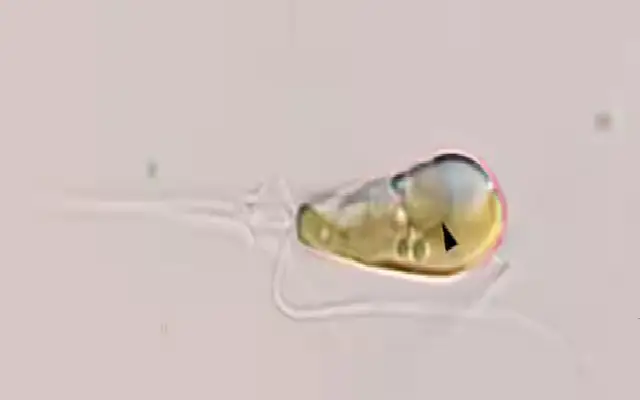The prices of Coffee and Pepper, an inter crop in the Coffee estates of Coorg began a steep slide in January this year spooking planters in Kodagu District of Karnataka. Indresh Coovercolly has more
The drastic drop in prices of Coffee and Pepper in recent months is a worry for the growers of Kodagu district as it is the lifeline of this tiny district in South Karnataka. The districtaccounts for more than 30 percent of the nation’s coffee production and 15percent of state’spepper production.
Coffee is grown in more than one lakh hectares of land inthe district withayied of 1.2 lakh tonnes per anum, whilethe pepper yield is approximately 5500 tonnes from a cultivated area of 11000 hectares. Pepper is usually grown as inter crop along with coffee.
Arabicas and Robustas
Once the coffee beans are roasted pretty much all coffee beans look the same. Actually however there are dozens of varieties but in the cup there are essentially two that matter – Arabica and Robusta. These are the two primary types of coffee cultivated for drinking.
What’s the difference between the two? It’s significant, and it’s helpful to know. The two varieties differ in taste, growing conditions, price. Arabica beans tend to have a sweeter, softer taste, with tones of sugar, fruit, and berries. Their acidity is higher, with that winey taste that characterizes coffee with excellent acidity.
Robusta, however, has a stronger, harsher taste, with a grain-like overtone and peanutty aftertaste. They contain twice as much caffeine as Arabica beans, and they are generally considered to be of inferior quality compared to Arabica. Some Robustas, however, are of high quality and valued especially in espressos for their deep flavour and good crema.
Robustas, however, are easier to grow. They can grow at lower altitudes than Arabicas, and they are less vulnerable to pests and weather conditions. They produce fruit much more quickly than the Arabicas, which need several years to come to maturity, and they yield more crop per tree. Countries like Brazil and India produce both as does Kodagu District.
Price slide
In the month of January 2017 a 50 kg Arabica parchment coffee bag sold at Rs 9700-9800 but today the price is down to Rs 7800. Thecountryproduces 3.5 lakh tonnes of coffee annually of which more than 70percent is being exported to foreign countries. Over the last three years, the price has held steady at around Rs 9000 to Rs 100000 per bag of 50 kg for Arabica Parchment. However it has gone down my more than Rs 2000 since January this year.
Coffee trader Rajiv Kushalappa had this to say: The price of Arabica has dropped more compared toRobusta owing to variations in the International market. He said Robustaparchment fetches Rs 6500 per 50 kg bag currently (early May) compared to Rs: 7000 in January this year.
Pepper is additional income for coffee growers. This popular spice which fetched nearly Rs 800 per Kg in the retail market last year has also declined. However this year might be disappointing as the wholesale price has declined to Rs 460 from Rs 580 per kilogram prevailing two months ago.
A progressive coffee grower of Takeri in Somwarpet taluk, B BSathishtold this reporter for a couple of years now pepper was a boon for Kodagu Coffee growers, but this year, the slide in prices is adding to the woes of the planters already suffering the effects of alack of rainfall and disease.
Market sources indicate that Pepper is around Rs 300 per kgin Vietnam and exporters opt to buy from there. The sources also indicated that of the country’s total pepper production of 52,000 tonnes, Karnataka produces 40% and of this, more than 60 percent is consumed locally. Consequently the impact of the price slide is limited.
Market experts says that growers should not panic about pricefluctuations as the price drop is temporary and prices will go up.They advised growersto sell their coffee and pepper stocks in instalments.
Effect on the retail market
Retail consumers will however not get the benefit of the slide in Coffee prices or for that matter pepper prices immediately. It takes a fortnight for them to take effect – the mechanism is complicated. The price of the Coffee for the retail market is dependent on the rates at the auction at the Coffee Board in Bengaluru. Benefit of lower prices cannot be passed on to the consumer unless the prices are stable for more than 15 days say the Coffee Board officials.Also, the coffee retailed is a blend of Coffee and Chicory and this will have its own effect on prices according to the Coffee Board Officials.
(This article was published in the recent issue of Karnataka Today Magazine)
















